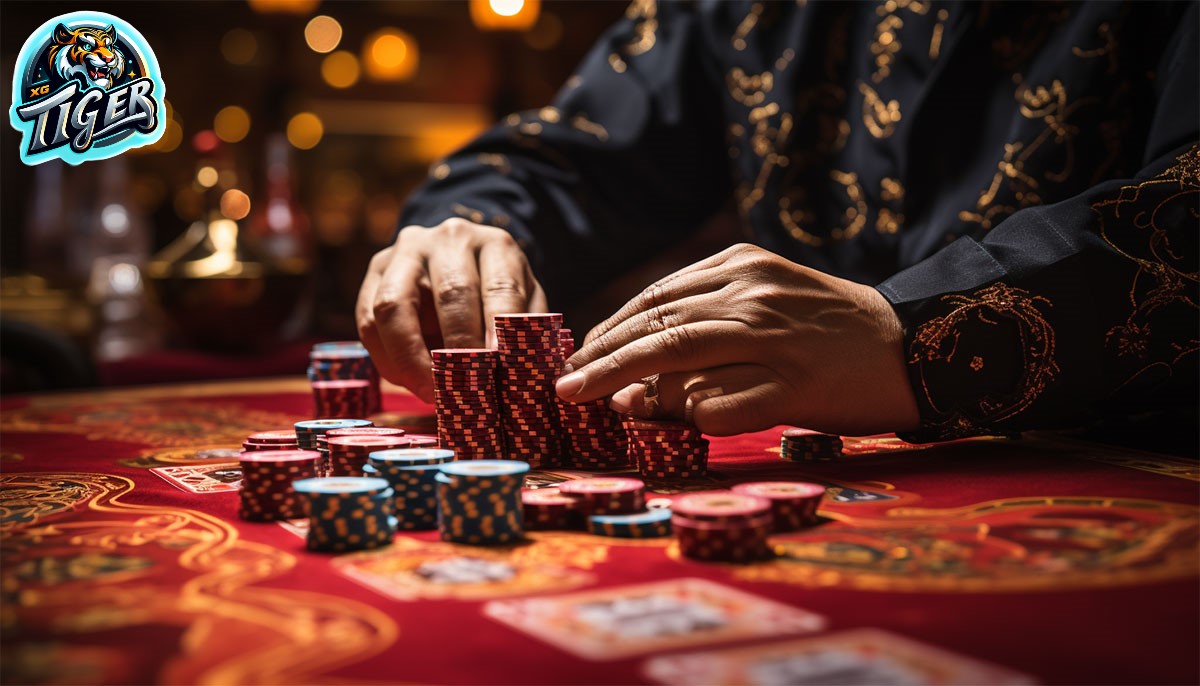Table of Contents
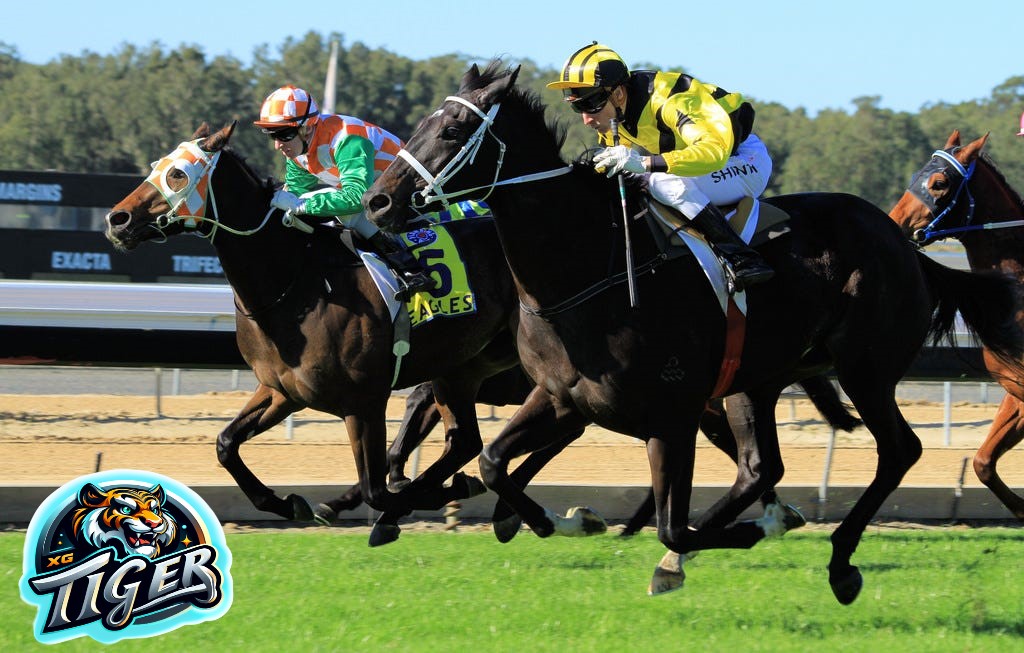
There is more to horse jockey or racing than meets the eye at Xgtiger Casino. Watching them ride around the track in person or on TV makes those winning races look so easy.
However, all the best professional sportspeople.
Here, we lift the lid on horse jockeys with our list of the top 10 things you didn’t know about riders.
1. There Is No Maximum Height For A Jockey, But Being Small, Help
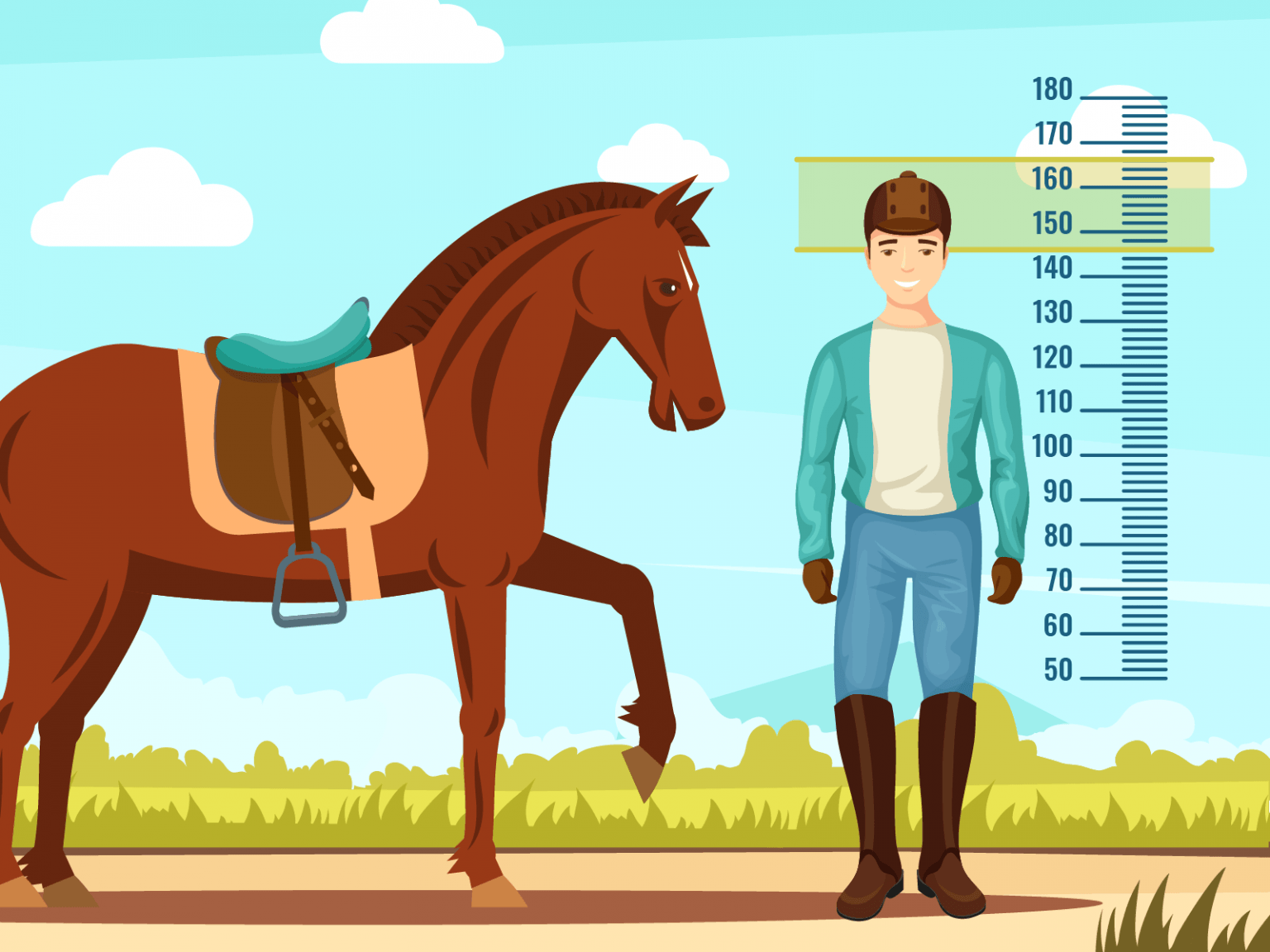
Jockeys can be as tall as they want, as long as they can make the allotted weight for their horses.
Although there is no upper height limit, taller jockeys are more likely to struggle with their weight – especially as they get older.
It prompted two-time Irish champion Flat jockey Donnacha O’Brien, who is close to 6ft (1.82m), to retire from the saddle aged 21 and join famous father Aidan and brother Joseph as a racehorse trainer.
2. The average height of horse jockeys ranges from 4ft 10in (1.47m) to 5ft 6in (1.67m).
Size is important, then, but although small as a rule, riders must also be important to control their mounts.
The Tallest Jockey was 7ft 7in (2.31m)
Former NBA player Manute Bol tried to become a jockey in a charity race in Indiana. Standing at 7ft 7in (2.31m), he was the tallest jockey to ride under the rules.
In Australia, the late Stuart Brown, aged 43, was 6ft 3in (1.87m) but still enjoyed victories in the saddle.
Patrick Sankey, a British point-to-point jockey who stands at 6ft 7in (2.01m), won the horse race between the flags in Wales but was 10lbs overweight at 12st 10lbs (about 80.75kg ).
It highlights the issues that taller riders face against their smaller counterparts.
The taller you are, the harder it is to do the weight.
Jockeys of greater height are simply at a disadvantage.
As Donnacha O’Brien found out, riding ability and talent won’t protect you from piling on the pounds with a certain body type.
3. No Height Restrictions, But Jockeys Must Consider Some Amounts
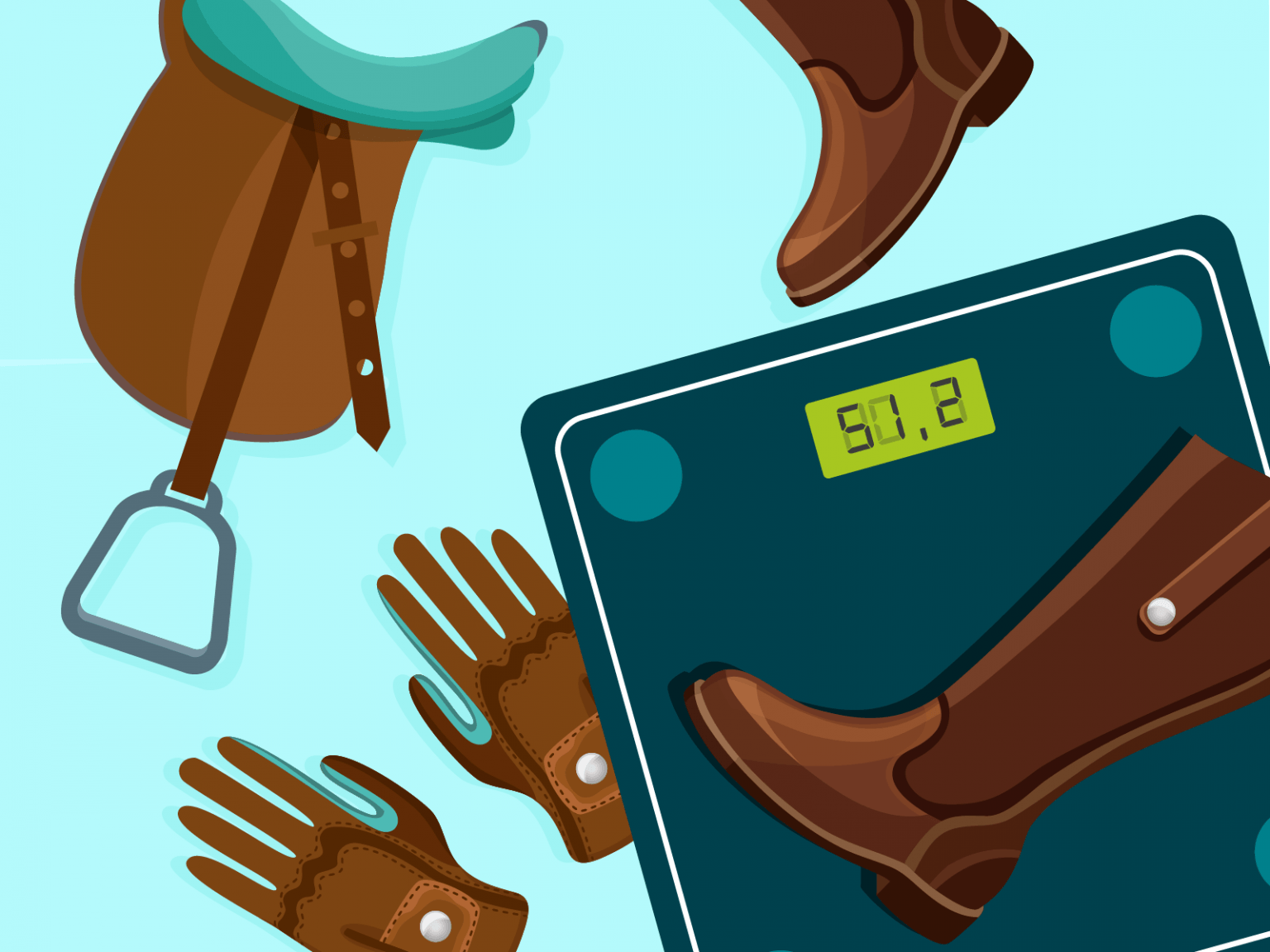
What the jockey needs to weigh is determined by the conditions of the race.
There may be set weights or, if the horse is running in a handicap, the jockey’s weight is determined by the horse’s rating relative to other runners.
The highest rated horse carries the heaviest weight.
If the jockey weighs in lightly after a race, they will be disqualified.
However, more than themselves go to the scales to be tested.
The horse’s saddle, tack, and cloth must be brought to the weighing room. The weight of all that equipment is added to the jockey.
Riders are seen to be overweight, which is not seen as a problem.
There are allowances for amateur and conditional jockeys, which they claim from the prescribed weight. They start at 10lb (4.5kg) and are reduced in intervals after the jockey has ridden a certain number of winners.
Once they have 75 wins in the saddle, a jumps horse jockey is said to have staked their claim and cannot take additional weight off their mount’s back.
On the Flat, apprentice jockeys can get up to 95 winners, which is more generous.
In France, female riders are allowed to claim a gender allowance, and although this may sound sexist, it gives them an advantage over their male counterparts.
Never ignore weight allowances when you bet on horse racing, as this knowledge can give you an advantage.
4. Jockey Weights Are Different For Flat And Jumps Races
Flat horse jockeys must weigh less than their peers who ride over jumps.
The weighting structure may drop to 8st (51kg) for Flat races where there are no jumps.
When you factor in the saddle and tack, a Flat jockey should weigh about 108 lbs (49kg) to get a lower weight.
Each horse on the Flat must carry no more than 10st (63.5kg).
In National Hunt horse racing over jumps, however, 10th is the minimum set weight.
Topweight is rarely over 12st (76kg), although in hunter chases, amateur horse jockeys may have 12st 7lb (79kg). Heavier saddle cloths, often with lead sheets in their lining, are used for National Hunt races.
Along with the weight of their tack, it’s still important for jump jockeys to keep themselves in shape.
Size helps, but because the weights aren’t quite as extreme compared to Flat, National Hunt jockeys can have longer careers – if they stay injury-free.
5. Jockeys Keep Less Than 10 Percent of Wins From One Race

After risking life and limb to partner their mounts in a race, horse jockeys need to be better compensated for doing the steering.
In jumps races, which are, after all, more dangerous than running on the Flat, the rider receives between 8-9 percent of the prize money.
You hardly do better than a racehorse trainer, where the owners pocket the lion’s share of roughly 80 percent of the winnings.
Many are kind enough to give bonuses to handlers, jockeys, and grooms.
On the Flat, the percentage is even lower for horse jockeys, with less than 7 percent going to the winning rider on average.
With the entered prize money, regardless of the code, the rider gets a small 3.5 percent. No wonder they work so hard to get the horses to win!
There are also expenses, agent fees, and many other deductions from horse jockeys.
They’re not as good as you think, then, and the risk of injury outweighs the rewards because riders don’t make money when they face a spell on the sidelines.
6. A Jockey’s Use Of The Whip Has Strict Rules And Limitations

This is controversial, but horse racing authorities have always shared concerns from horse welfare charities about a jockey using a whip.
There are clear rules to follow, and severe penalties for any rider found to be breaking them.
In a Flat race, a jockey cannot use a foam-padded, air-cushioned whip made of synthetic material more than seven times.
If they do, they will face a fine or suspension for excessive use. Stewards also look at a jockey’s force in their use of the whip.
Over jumps, the maximum limit is eight times.
The proper place to use the whip is on the rear of the racehorse, never on its side.
If a horse does not respond to the whip, one of the stated purposes for its use, then the jockey must consider the welfare of their mount.
7. Horse Jockeys Not Allowed to Place Bets
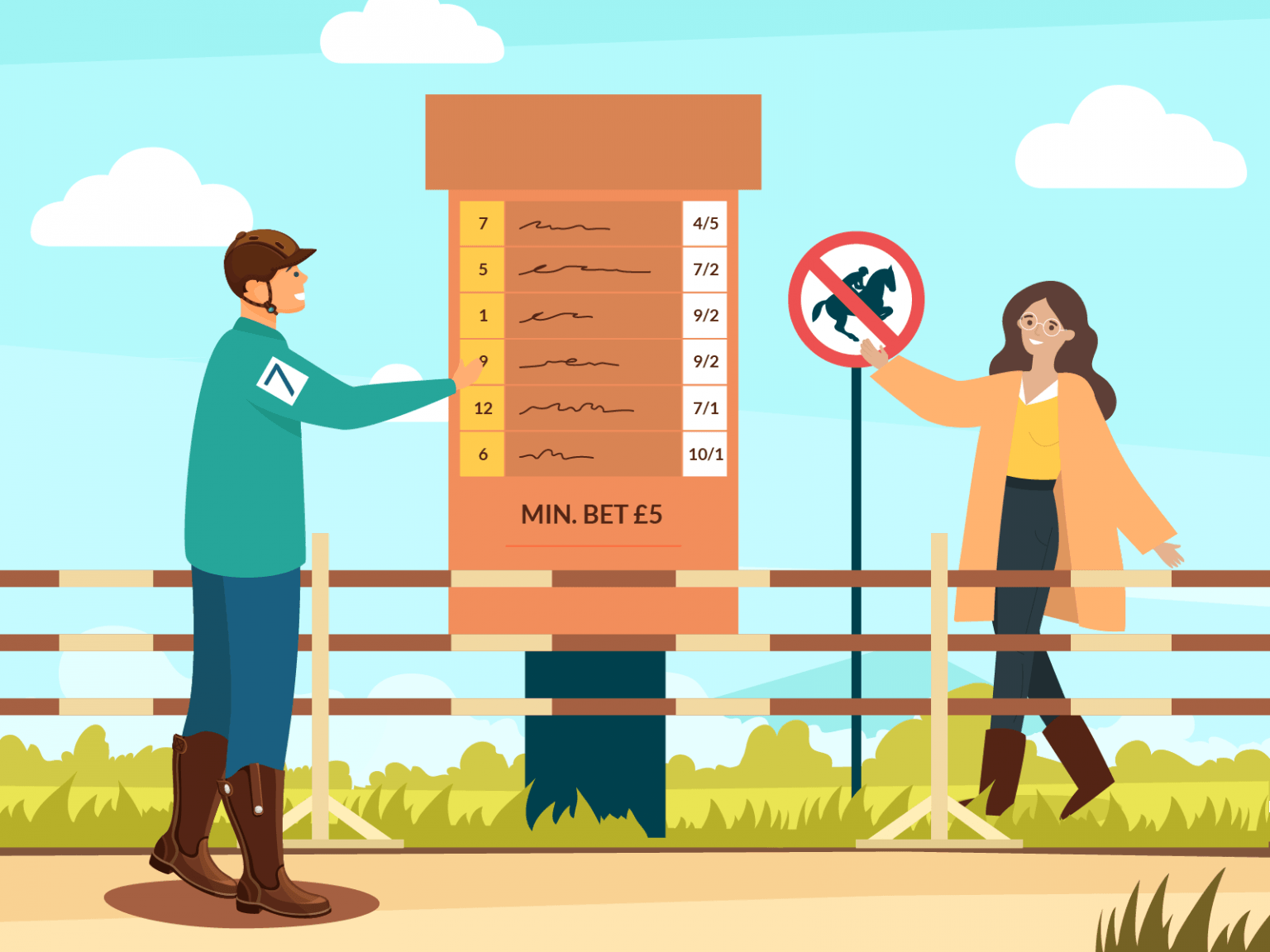
Racing authorities take a very dim view of horse jockeys placing bets, a major violation of the rules.
Longer bans can be handed out, with Hayley Turner suspended for three months after she was found betting while still holding a driving licence.
That’s a mild penalty in comparison.
In Australia, there is a mandatory two-year ban for any horse jockey found to have breached betting rules.
It’s a significant deterrent, and the authorities Down Under have no fear of being more severe than the penalties.
Racing NSW stewards have banned Adam Hyeronimus for three years after they found him guilty of breaching the rules. He placed two A$500 bets on the horses he rode, so the backfire backfired on itself.
The authorities have to be tough on this because jockeys have inside information.
8. Hundreds of Jockeys Have Died or Suffered Life-Changing Injuries as a Result of Horse Racing
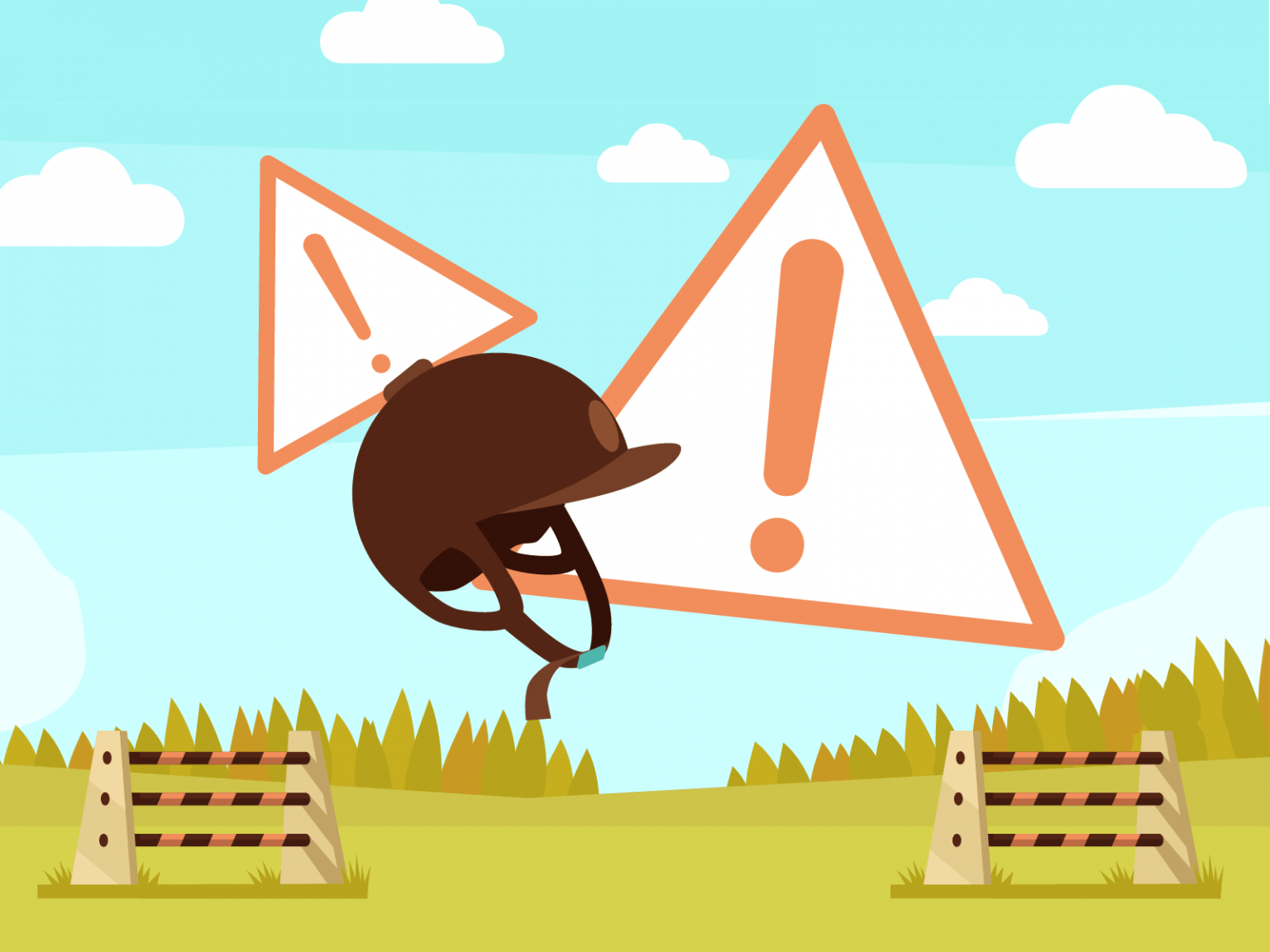
Horse racing is a dangerous sport, and while few die, life-changing injuries and deaths do occur.
All horse jockeys must wear protective headgear, but more than 100 riders in North America have died from racing injuries since 1950.
Studies show that California jockey death rates have dropped significantly after 1980.
Although much has been done in countries where horse racing is widespread, the risk to horse and human athletes can only be partially reduced.
As with any sport, there is always the possibility of injuries.
Slim body protectors, which horse jockeys can claim as part of their equipment, have become more common in race riding to protect the spine in recent years.
9. You Won’t See Many Riders Over 40
Because it becomes more difficult to control their weight as they age, many horse jockeys call time on their saddle careers after age 40.
It is rare for riders to exceed 50, although there are notable exceptions.
Legendary British Flat jockey Lester Piggott came out of retirement at age 54. Like American rider Bill Shoemaker, he partnered his last winner in the saddle at age 58.
That’s beyond most jockeys, however, who are in their late 30s or early 40s when most call time in their races.
US Hall of Fame rider Mike Smith, Japan’s Yutaka Take, and Qipco Hall of Famer Frankie Dettori are still lifting in their 50s.
10. Gender Equality is a Long Way to Go
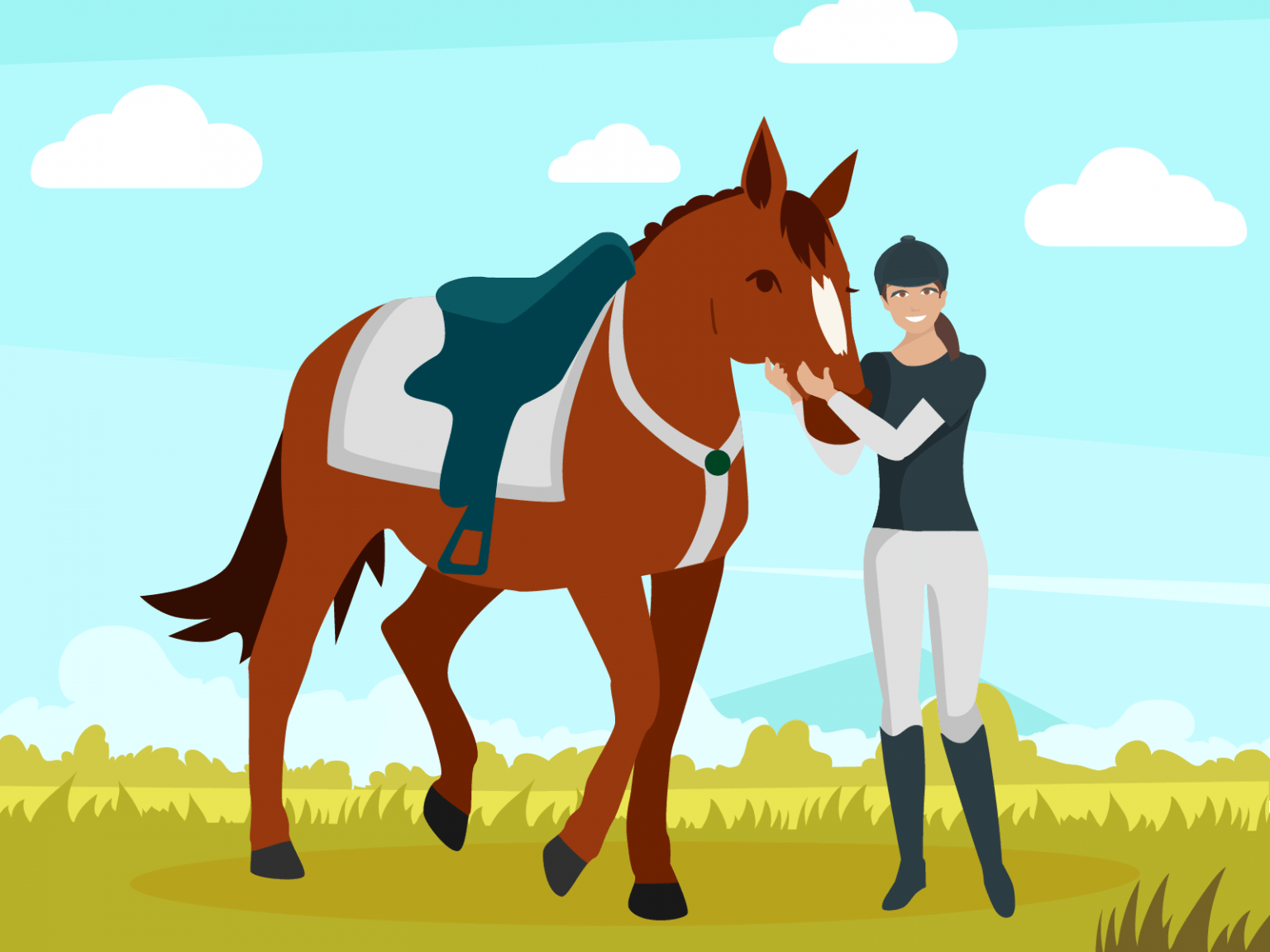
Online horse racing, in general, is dominated by men.
There are notable exceptions, of course, and much has been done to bring attention to female jockeys in recent years.
From Lizzie Kelly’s breakthrough Grade 1 riding Tea For Two at Kempton to Bryony Frost winning the leading race at the Cheltenham Festival, Holly Doyle’s record breakers in Britain, and Rachael Blackmore making history in 2021 as the first female Grand National winner – lots of inspiration.
However, many of these significant race victories are notable because they are first for women.
There are still very few female jockeys.
When female jockeys are asked, they often feel discriminated against.
With such a dominant male presence with owners, trainers, and peers in the weighing room around them, they are afraid to speak out against harassment or bullying.
Horse racing is behind the curve in terms of equal opportunity.
Conclusion
Are you an avid gaming fan and want to know how to bet on online casino games? At Xgtiger, you’ll get the latest information on this year’s best casino games and a variety of gaming options, all in one place.
To start your online gambling journey, all you need to do is create an account on the site, deposit funds and you’ll be ready to bet on the best and most anticipated casino games.

